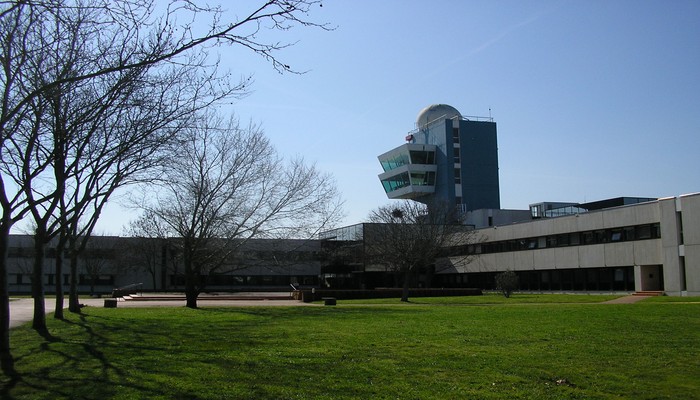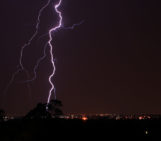
Twice a year in Toulouse Meteo-France runs a tutorial on Meso-NH – the non-hydrostatic mesoscale atmospheric model of the French research community. Last week I was fortunate enough to attend their autumn 2015 tutorial. But, what is this model and was the tutorial useful?
Atmospheric models solve the governing equations for atmospheric motions. This allows us, for example, to forecast future atmospheric conditions, to study past climates or even to visualise tiny features over a range of a few tens on metres. Over the last 90 years atmospheric models have developed from a thought concept to low resolution global simulations to high resolution models being able to simulate all kinds of small scale meteorological phenomena. The last of these achievements has been made within the last 15 years using a set of equations and assumptions known as non-hydrostatic modelling.
A non-hydrostatic model is quite simply one in which the atmosphere is not assumed to be in hydrostatic equilibrium. This means that high resolution features can be simulated such as small-scale convection. Processes that are very small or too complex are simulated via parametrisations whereby each small process is represented by relating them to variables at a resolution that the model can resolve. In this way very complex models can be built up simulating many small features of the atmosphere. A mesoscale model has sufficiently high resolution that it can simulate mesoscale weather features.
There are many different non-hydrostatic mesoscale models with different parametrisations for different applications and they are run by different organisations across the world. Recent increases in computing capacity have meant that the complexity of these models is greater than ever before. There are many popular non-hydrostatic mesoscale models including but not limited to the Weather Research and Forecasting Model (WRF), Unified Model (UM), and Meso-NH. This is definitely not the place to start a debate on the drawbacks of different models! However a feature of many but not all of these models is that they are open source, the programming code used to run them is available for modification or enhancement by anyone, this is great for the development of new parametrisations.
The Meso-NH tutorial was split over three days, the first spent on theory about the model. The second was concerned with theory and practise with an idealised atmosphere over fictitious terrain. The third concentrated just on theory and practise with an actual case study of a real meteorological event. Approaching the tutorial in French as a non-native speaker was initially daunting but there are English subtitles and all the documentation is provided in English – this is no excuse not to become fully immersed in this model. Meso-NH is by no means a basic model and the learning curve is steep but coming from a background in a different non-hydrostatic mesoscale model (WRF) it was very intuitive. Impressive features of the model included the breadth of options for the details of different parametrisations and the post-processing display and interpretation options for the model simulations.

